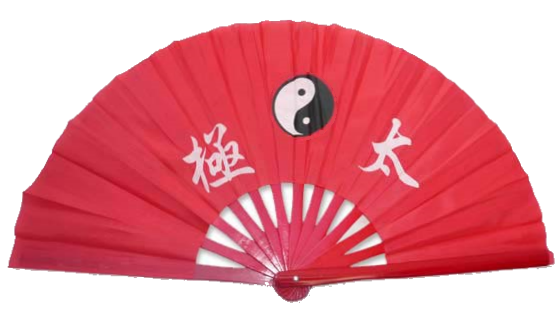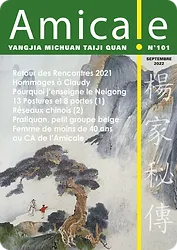Grasp the Sparrow’s Tail
Tai Chi club
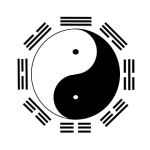
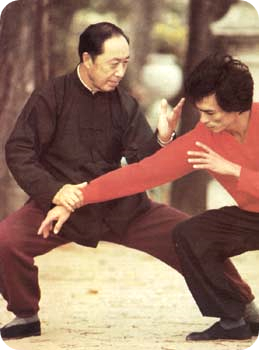
Lǎn 揽
Qùe 雀
Wěi 尾
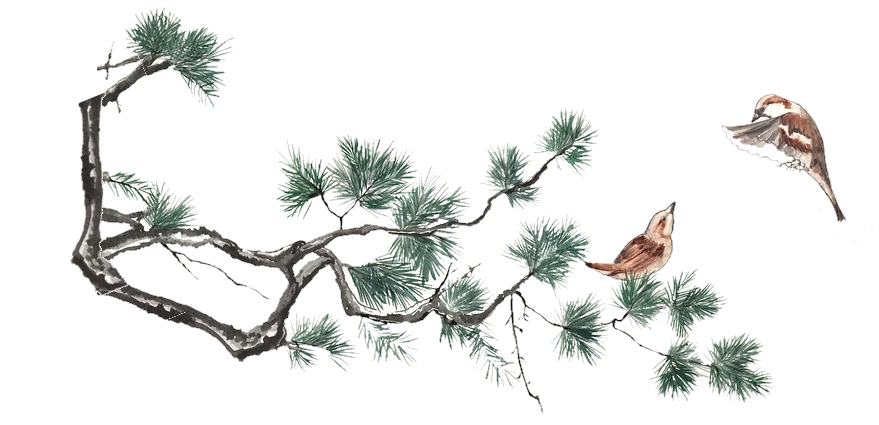
Welcome! We’re a small, friendly Tai Chi club located in the heart of Kensington, London. Tai Chi is an ancient Chinese martial art that strengthens and promotes mind/body health.
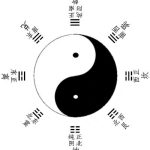
Why learn Tai Chi?
The students at our club practise Tai Chi for many reasons; some of us do it for the exercise and stretching, others for the mindful relaxation and breathing, and yet others for the fun of learning the choreography of the form. Some of us focus on the martial applications of the moves, while others just enjoy the slow, moving meditation and sense of calm that Tai Chi can bring.
What style of Tai Chi do you teach?
Our style is called Yangjia Michuan Taijiquan. It is a back-weighted, empty-hand Yang style composed of 127 movements and is split into three parts of 18, 44, and 65 movements. For those who are interested in learning a weapon form, we also practise a fan form and two different sword forms.
We learned our style of Tai Chi from Peter Clifford, who lived in Taiwan in the 1970’s and 80’s and was a student of Wang Yen-nien, a well-known Tai Chi teacher and the modern-day founder of this style of Tai Chi.

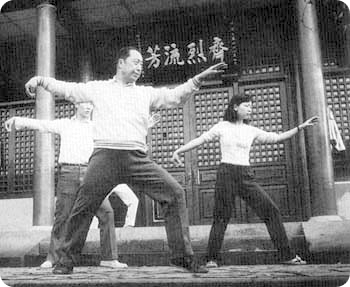
What should I expect?
We usually begin our classes with a variety of warm-up exercises, after which we take a short break, and then practise one of the shorter forms together, such as Thirteen Postures (Shi San Shi / 十三勢) or part one of the form. We then split up into different groups to focus on teaching based on skill level and/or interest. We may also practise Push Hands (Tui Shou / 推手) on occasion.
For many of us, Tai Chi is a life-long learning experience. When you first begin, you will likely focus on following the form while we practise, becoming more familiar and comfortable with the sequence of moves. Over time, you may add more layers to that, such as learning how to synchronize your breathing with your movements, maintain good posture, relax and let go of tension, develop rooting, understand the practical applications of the moves, and so on. Your balance, leg strength, and flexibility should improve, and you will hopefully learn to relax, take deep breaths, and calm the mind.
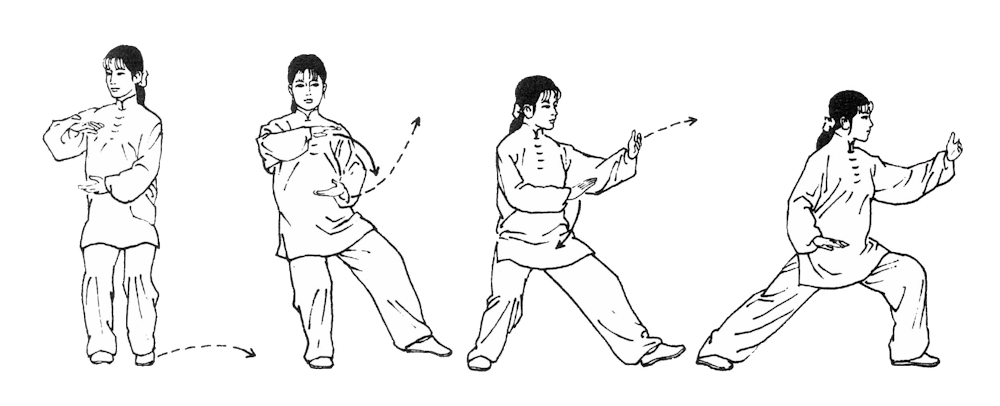
Can anyone practise the fan and sword forms?
In general, it helps to first develop an understanding of the basics by practising Thirteen Postures and part one of the form. That said, we often practise the Taiji Fan form and anyone is welcome to join in. Some students choose to learn the Wudang or Kunlun sword forms, which are more advanced, before the fan.
When and where do you meet?
We meet every Wednesday, 7.30pm to 8.45pm, at St. Philip’s Church, Earls Court Road, London W8 6QH. Our class takes place in the Upper Hall. The closest tube stations are High Street Kensington and Earls Court.
If you would like to try a class, please email us at classes@sparrowstailtaichi.co.uk. Beginners are very welcome. You must be aged 18 years old or over.
We also occasionally practise Tai Chi in Holland Park, near the Dutch Garden, on Saturday/Sunday, usually at 10.30am, however this is dependent on the weather, so please email us to confirm.
Please note that there are no classes during August.
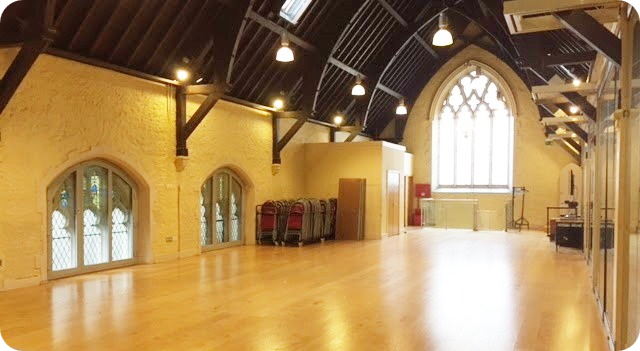
The cost for a single class is £10.00, or £30.00 for the month. You should wear comfortable clothing and shoes, and bring a bottle of water.
Insurance is arranged through The Tai Chi Union for Great Britain.
Which reading materials on Tai Chi would you recommend?
For books relating to our style of Tai Chi, the Yangjia Michuan Taijiquan website in Taiwan has some large, and very detailed, books, used as a reference by teachers and practitioners of this style.
The Amicale du Yangjia Michuan Taiji Quan, a French organization representing European practitioners of our style, publishes the Amicale magazine several times a year in both French and English.
The following classic Tai Chi texts are both anecdotal and technical. They focus on the spirit of the art, the nuances of learning Tai Chi, and the principles behind it:
- There Are No Secrets: Professor Cheng Man Ch’ing and His T’ai Chi Chuan by Wolfe Lowenthal
- Tai Chi Touchstones: Yang Family Secret Transmissions by Douglas Wile
- T’ai Chi Classics by Waysun Liao
- The Dao of Taijiquan: Way to Rejuvenation by Tsung Hwa Jou
- The Essence and Applications of Taijiquan by Yang Chengfu
Where can I find videos of the forms to use for practise in between classes?
You can find videos of all of the forms that we practise on our Yangjia Michuan Taijiquan Videos page.

“Be serious in the practice of Peng, Lü, Ji, An.
In Cai, Lie, Zhou, Kao pay attention to bending and extending.
In Jin Bu, Tui Bu, Zou Gu, You Pan, Zhong Ding,
You must stick, connect, adhere and follow, distinguishing full and empty.”
– Song of Thirteen Postures
